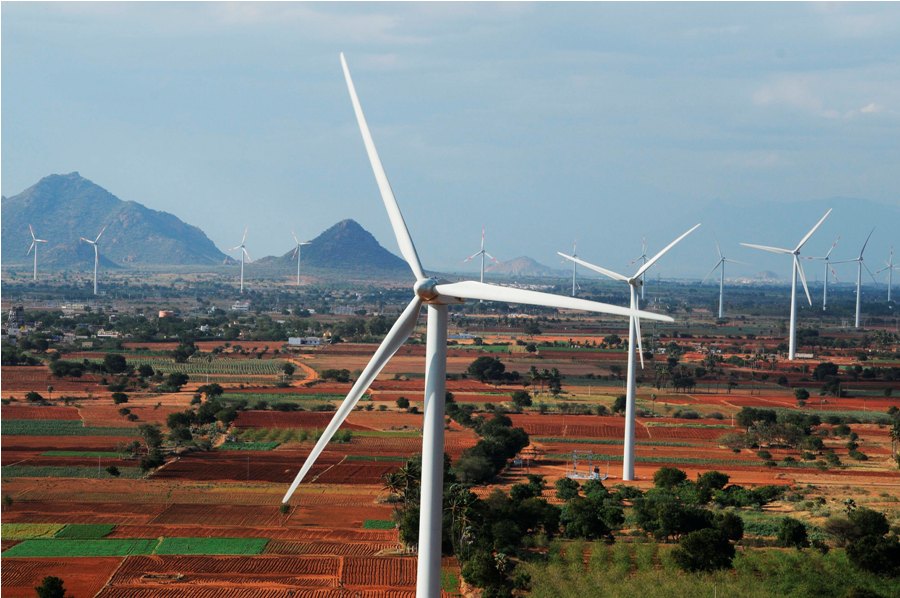A new report, India Wind Energy Market Outlook 2025, jointly released by the Global Wind Energy Council (GWEC) and MEC Intelligence (MEC+) finds that India, the world’s fourth-largest wind power market, is expected to add nearly 20.2 GW of new wind power capacity between 2021-2025.
This would increase the country’s 39.2 GW wind market by nearly 50 per cent and is a clear signal that the market is beginning to bounce back after a slow-down in recent years.
A pipeline of projects of 10.3 GW in Central and state markets are expected to drive installations until 2023. Post-2023, the market will likely be driven by nearly 10 GW of new capacity awarded to wind mainly through hybrid tenders.
Although 2020 was originally forecasted to be a break-out year for wind power in India with a large pipeline and multiple policy interventions to ease bottlenecks, the impact of the COVID-19 pandemic was much more severe than anticipated. Forecasts expected the country to install 3.3 GW of wind power in 2020, but ultimately only 1.1 GW was installed, with the remaining capacity either being pushed into 2021 or dropped by developers.
However, the report finds that the pace of new installations is likely to double over the next two to three years compared to the average annual installations since 2017 when the market began to slow down.
India currently has a pipeline of projects of 10.3 GW in both Central and state tenders, which are expected to drive installations until 2023. The market post-2023 will likely be driven by nearly 10 GW of new capacity awarded to wind projects, mainly through hybrid projects which are becoming increasingly important for the country’s ’round-the-clock’ power initiative.
Over the next five years, 90 per cent of new installed wind capacity will come from Central tenders, followed by corporate procurements and state markets.
Martand Shardul, Policy Director, GWEC India, said: “Wind is a high-value resource and a critical link in India’s clean energy transition, which can put the country on a path to a prosperous future while helping it realise its ambitious decarbonisation plans. It is encouraging to see the market beginning to bounce back, but to drive a post-pandemic green recovery and realise its climate goals, India will need to adopt a more aggressive climate emergency approach and set clear short-term milestones to enable an even more rapid uptake of wind projects.”
Going forward, greater consensus and coordination between central and state governments around wind targets, supply chain utilisation, and the definition of a clear market roadmap are some of the key actions needed to put India on a pathway to meet its decarbonisation and renewable energy goals.
Featured photograph sourced from Siemens Gamesa is for illustration only



